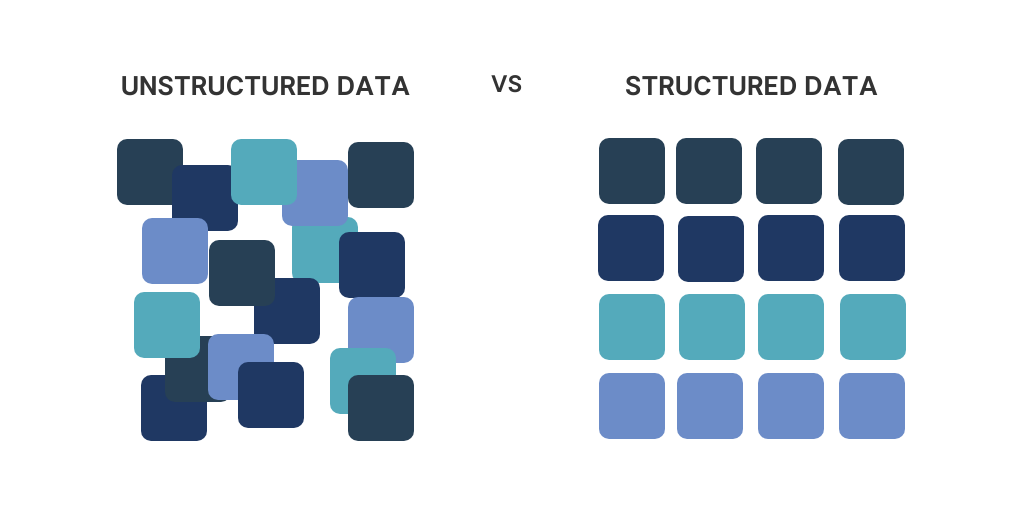The World Wide Web defies geographical boundaries and cultural/linguistic restrictions. In such a highly globalized world, businesses have been trying new and innovative ways to tap into the larger scope of internationalized market. They have started using websites as a powerful tool to reach the international audience. These global websites, however, need to be structured in such a way that they effectively target specific regions of the global space, all while delivering a cohesive user experience. Building a global website with country-specific content can be an empowering step towards this end.
In this content marketing guide, we will take a deep dive into the world of global sites with country-specific content, exploring the scope and prospects that can help businesses and brands unlock unprecedented value. Understanding the Significance of Country-Specific Content
Before we delve into the nitty-gritty of structuring a global site, let’s grasp why country-specific content is essential for online success.
The Power of Localization
In a world where diversity is celebrated, speaking the language of your audience is key. Localization, achieved through country-specific content, enables your website to resonate with users on a personal level. It’s about more than just language; it’s about culture, preferences, and relevance.
Enhanced User Experience
A website tailored to the specific needs and interests of a particular region or country ensures a seamless user experience. Customizing the content as per regional tastes and interests makes the visitor feel seen and validated, nurturing a healthy relationship between the visitor and your brand.
Improved SEO Performance
Search engines always look for websites that deliver high-quality content that is relevant and localized. Optimizing your global website with country-specific content can demonstrate your relevance to the search engines, thereby improving your website’s search engine rankings and making it discoverable and accessible to more consumers.
Conducting Thorough Market Research for Country-Specific Content
Creating an effective global website with country-specific content begins with market research. Here’s how to get started:
Identify Target Markets
First and foremost, you have to determine which countries you want to target. If you have a target country in mind, you have to make sure that the country provides a good market for your products or services. There are several factors to consider to identify a good market, including market size, relevance, growth potential, and so on.
Analyze Local Preferences
Dive deep into the preferences, needs, and habits of your target audience in each country. Understand what makes them tick and what kind of content they relate with the most. It is important to ensure that your content, products, or services are culturally relevant to the people of the country.
Competitor Analysis
Study your competitors in each target market. What are they doing right? What are they missing out? How can you fill these gaps? What elements can you improve? What makes you different and better than them? Questions like these will help you analyze their content strategies and gain valuable insights.
Tailoring Your Website for Global Audiences
With your research in hand, it’s time to structure your global site with country-specific content. Here’s how you can do that:
Choose a Content Management System (CMS)
Opt for a CMS that allows for easy content localization. WordPress, Drupal, and Joomla are popular choices that offer extensive localization features.
URL Structure
Decide on your website’s URL structure. To denote country-specific content, you can use subdomains (e.g., us.yoursite.com) or subdirectories (e.g., yoursite.com/us/).
Language and Currency Options
Implement language and currency selectors prominently on your site. Ensure users can easily switch between languages and currencies to enhance their experience.
Localized Design
Optimizing your website design with localized cultural elements (such as color schemes and imageries) of the target country will highlight the country-specific content of your site.
Crafting High-Quality Country-Specific Content
Now that we have market research and a tailored website in place, it is time to explore the ways you can create country-specific content that stands out. The following are some of the most effective ways:
Professional Translation
While providing translated content is important, it is equally critical to make sure that the trasnlations are highly accurate. Investing in a professional translation service can ensure this and add cultural relevance to your content. Avoid machine translations, as they can lead to embarrassing mistakes.
Localize Content
Beyond translation, adapt your content to suit the cultural perspectives and inclinations of each market. Use region-specific idioms, references, and examples.
SEO Optimization
Conduct SEO research for each target market. Identify relevant keywords and incorporate them strategically into your content to improve search engine visibility. SEO professional services can help you locate the best SEO practices for country-specific content optimization.
Customize Product Information
Tailor product descriptions and specifications to meet local standards and regulations. Address any region-specific concerns or requirements.
Create Region-Specific Landing Pages
Design dedicated landing pages for each target market. Highlight products, services, and offers that are specific to that region.
Building a User-Friendly Website Structure
A complete website experience is not just about great content or an effectively tailored website, it also involves having an easy-to-use, accessibility-focused website structure. Along with curated country-specific content and a tailored website, make sure that the structure of your global website maintains the following:
Intuitive Navigation
Implement user-friendly navigation menus that allow visitors to easily find country-specific content. Consider using flags or region names for clarity. This will help your international audience seamlessly locate the pages they are looking for.
Mobile Optimization
Ensure your website is fully responsive on different types of platforms and devices. Mobile devices are often the primary means of internet access in many countries and hence it is specifically important to ensure that your website is well optimized for mobiles.
Page Loading Speed
Optimize your site for quick loading times. USers hate slow websites, risking high bounce rates. While this is a universal problem, visitors on your global site can particularly face this problem while going from one web page to the other.
Localized Contact Information
Make sure that your website has localized information in place corresponding to the target country. It should have all the relevant local contact information including phone numbers, addresses, emails, customer support, etc.
Cultural Sensitivity
Be mindful of cultural sensitivities and taboos. Avoid content, references, and motifs that could inadvertently offend or alienate your audience. Also, make sure that all the content is up to the set standards of the country.
How to Maintain Consistency and Relevance with Your Country-specific Content?
Just putting your content and a global site out there isn’t enough. You need to make sure that your international audience receives value from the country-specific content you have crafted. This can be done by ensuring consistency and relevance through the following:
Regular Updates
Keep your country-specific content up-to-date. This shows your commitment to each market and ensures the accuracy of information.
Content Calendar
Develop a content calendar for each target market. Plan blog posts, social media updates, and promotions to align with local events and seasons.
Feedback Mechanisms
Encourage feedback from users in each market. Use surveys and reviews to gather insights and make improvements.
Measuring Success and Making Improvements
Analytics
Utilize web analytics tools to track the performance of your country-specific content. Monitor traffic, engagement, and conversion rates for each target market.
A/B Testing
Conduct A/B tests to determine which content variations resonate best with each audience. Use data-driven insights to redefine and reorient your existing strategies.
Conclusion
The internet has empowered even the smallest businesses to explore opportunities in new and unexplored foreign markets. While globalization has been a great force of enablement, it is by the agency of content marketing that businesses and brands can reach out to potential consumers even the opposite end of the world. Building a global website optimized with country-specific content only widens the scope, accelerating the outreach with convenience and ease of accessibility. As such, having a well-structured global site with country-specific content seems to be one of the most powerful marketing strategies for businesses & brands today.






